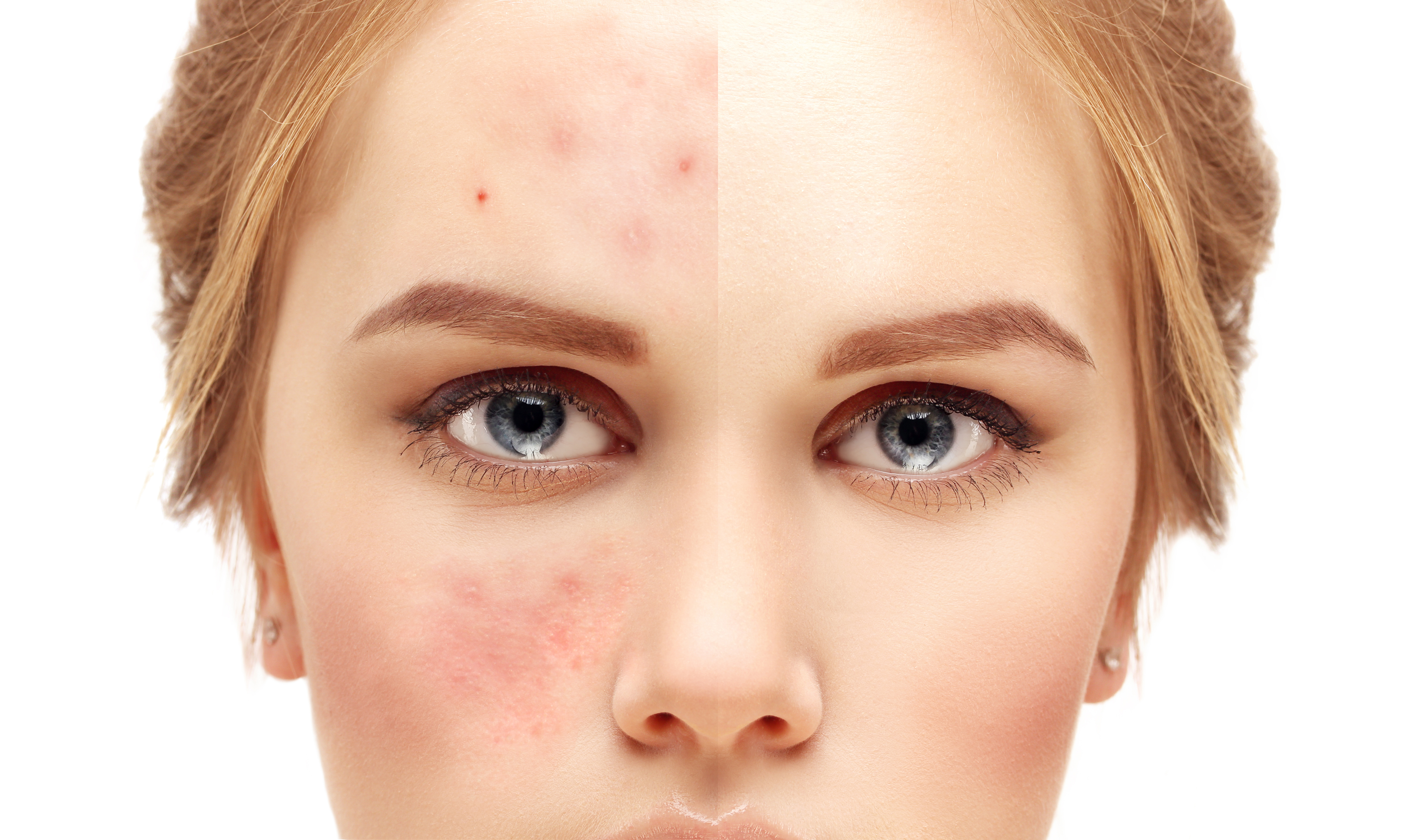
How Morpheus Resurfacing Can Help You Say Goodbye to Acne Scars
Acne scars can leave lasting marks on your skin and confidence, but at Laser Cliniqué, we believe everyone deserves to enjoy smooth, radiant skin. Under the expert direction of Dr. P. Alexander Ataii, M. D. , our San Diego-based medical spa is proud to offer Morpheus8 resurf...
View More








